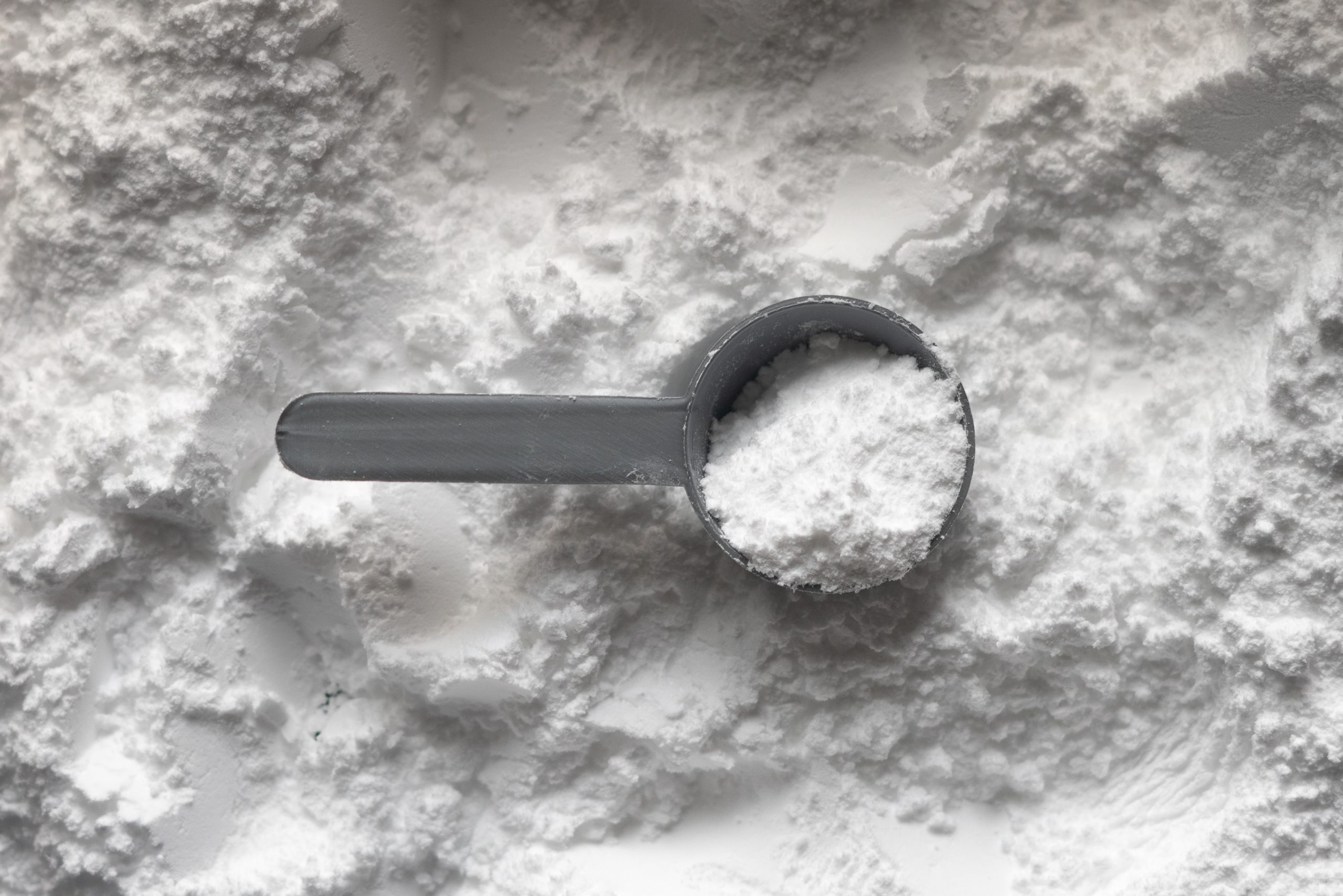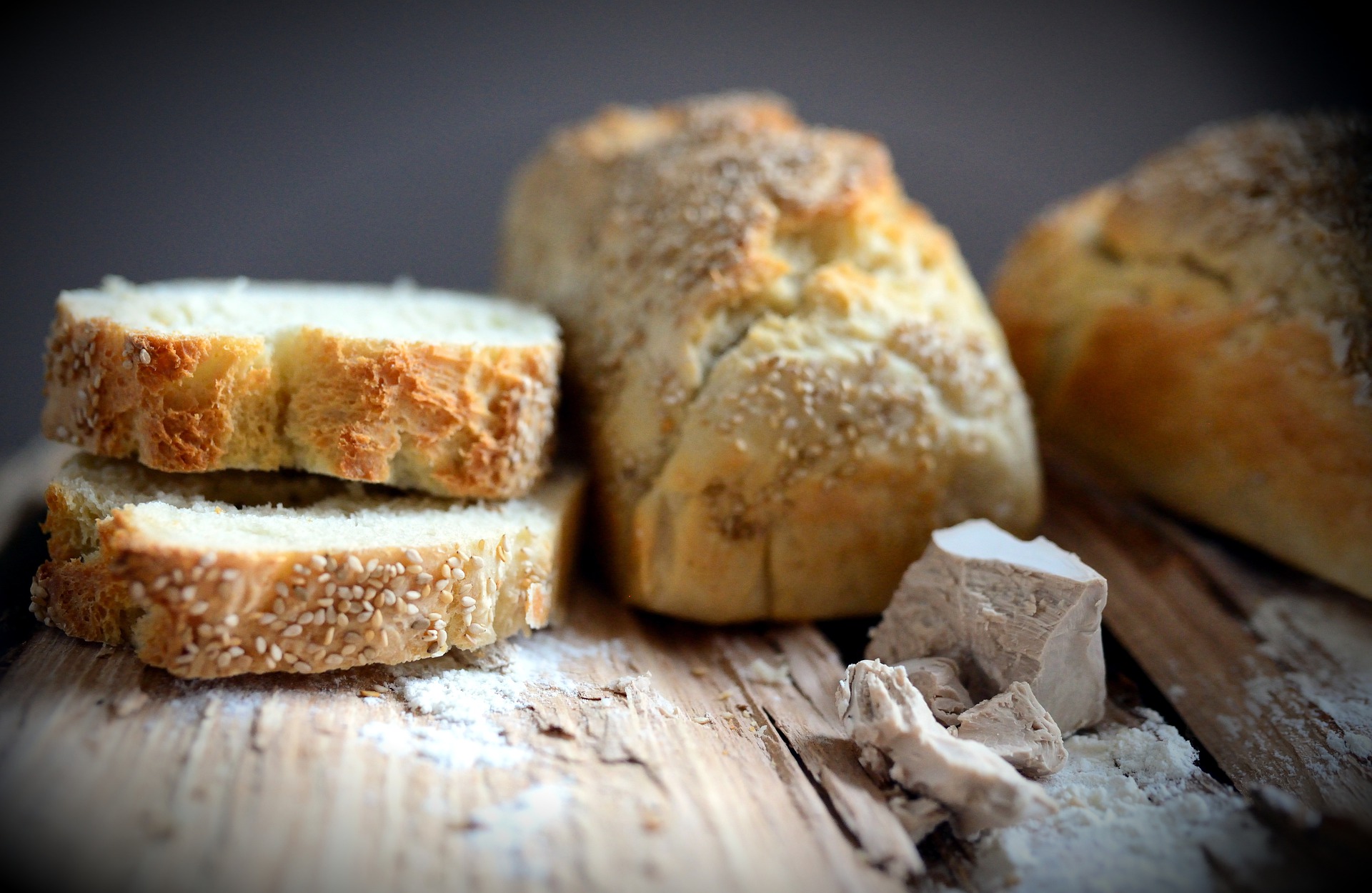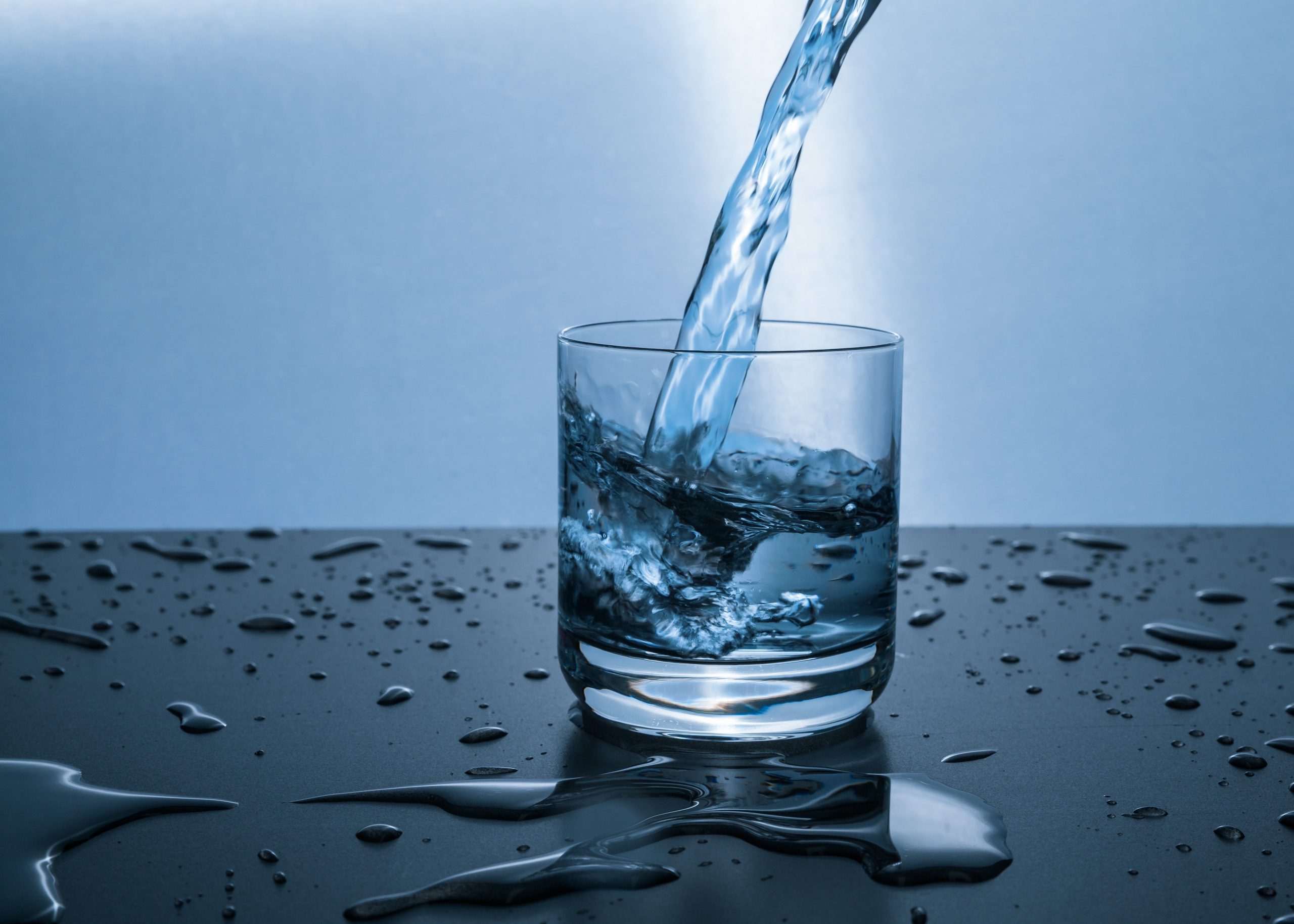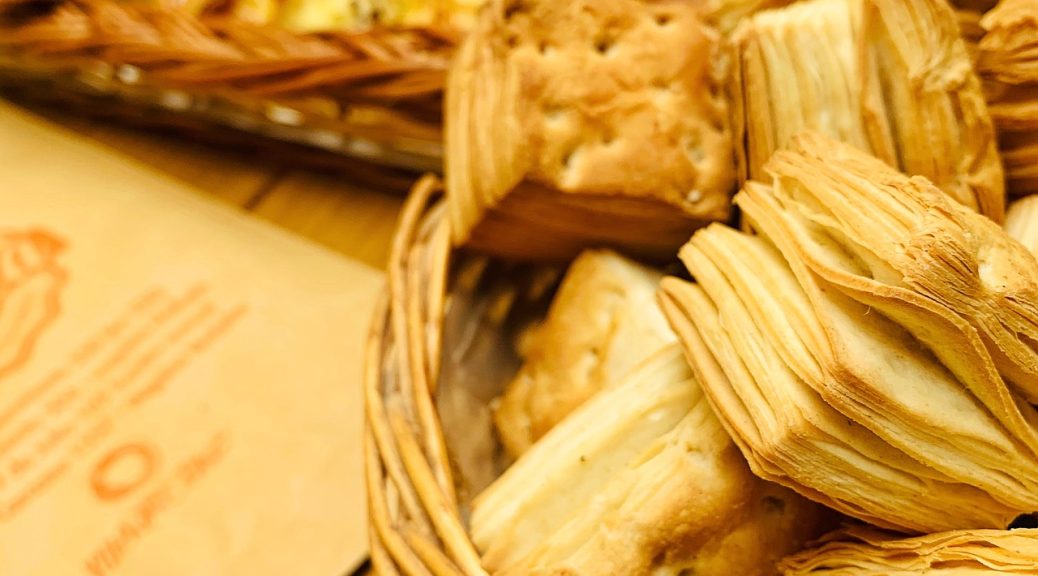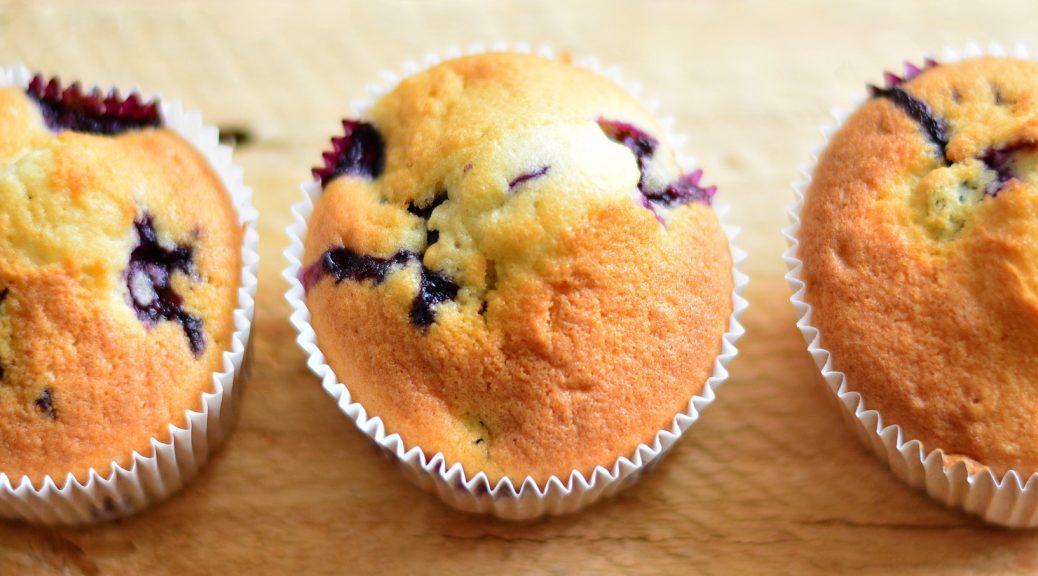Bakery and Baked Goods Course 6
In italics, I leave the parts already covered, while I use bold for the topics introduced in each new course entry. Bread is a product made from flour (usually wheat), water, salt, and yeast. So, we’ll start by getting to know these ingredients and the functionality of their components. But most bread also incorporates other products such as enzymes, additives, fats, or other ingredients. Furthermore, these other ingredients are present in the production of other baked goods, such as cakes…


